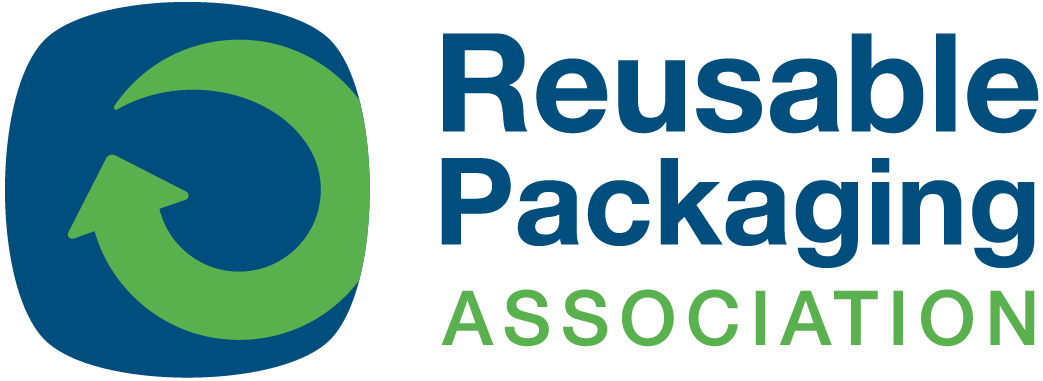On the Circular Economy Bandwagon, Prioritize Closing the Loop with Products (Reuse) Over Materials (Recycling) and Avoid Circular Marketing Confusion
The circular economy movement is growing, and this is good. So too is the investment and marketing around the role and value of recycling in the circular economy, and this is confusing. Recycling of materials is a vital component of the circular economy; however, it is also the shortest step to the least impactful outcome. A bigger leap forward in circularity is the reuse of products that makes the recycling of materials unnecessary. On the wagon of circular opportunity, the reuse of products deserves a front seat ahead of the recycling of a product’s raw material.
The Ellen MacArthur Foundation makes it clear on what it means to be circular. The three circular economy principles and the technical cycle loops establish that preventing waste through reuse instead of recovering waste through recycling is a preferred action. There is simply more value to generate by operating in the “inner loop” of product reuse versus the “outer loop” of material recycling. This article explains well “Why Recycling Will Be a Last Resort in a Truly Circular Economy.”
Yet as more companies and interest groups attach their brands and causes to the circular economy, the increase in interpretations justifying and promoting circular identity can lead to marketing confusion. An example comes from the corrugated industry’s claims that the single-use corrugated box is “The real Circular Economy champion” and “today’s corrugated packaging is perfectly circular.” While using a renewable and biodegradable raw material and reaching high recycling rates lower environmental impacts, the corrugated product’s one-time use system falls short of circular ambitions. A more accurate claim by the corrugated industry would be “champion of a linear economy” since the product loses its utility after a single use.
Understandably, the recycling industry, which produces over $117 billion of economic activity a year in the U.S. alone, is positioning recycling for greater acceptance and business growth in a transforming circular world. This can be a problem if recycling becomes the focal point of circular economy development, setting the bar too low and missing out on larger environmental and economic benefits through reuse.
Recently two leading recycling advocacy organizations with major corporate backing launched new platforms directly tied to accelerating the circular economy through more effective recycling. Closed Loop Fund’s “Center for the Circular Economy” is calling for “investors, brands, and industry partners to invest in innovative technologies that will accelerate the recycling of plastics.” And The Recycling Partnership’s “Circular Economy Accelerator” seeks to “bring together forward-thinking companies to proactively pursue policy solutions to catalyze the circular economy for good.” Both initiatives to improve recycling are commendable, especially to stop plastic pollution. But such efforts branding to the circular economy and invoking the world’s largest companies should also strive to advance more meaningful circular activities like reuse.
In addition to investing in recycling and calling for greater market demand and use of recycled material, at least the same intensity by major corporations should go towards reuse and calling for greater market adoption of reusable product systems. Commercial development and scaling of infrastructures that collect, sort, inspect, clean and return reusable products are needed in the marketplace today. And technologies that track reusable assets, creating supply chain visibility and inventory management, would be a game-changing investment yielding significant dividends in a circular economy.
Furthermore, calls to increase market demand for recycled materials should not overlook an immediate growth market with the manufacture of reusable products. Increasing the system use of reusable bins, containers, totes and trays made from plastic, for example, can provide new channels to flow recycled plastic resins. Using outer loop materials for inner loop purposes is a very circular result.
The new Loop model for reusable systems with consumer packaging for several leading brand products is a promising start for reuse investments. And members of the Reusable Packaging Association (RPA) continue to lead the way for successful reusable systems with transport packaging. This progress is just the beginning when considering the true reuse potential and value.
Pursuing circularity is a popular path for companies to address their environmental sustainability, with many pledging targets for their products to be reusable, recyclable or compostable by 2025. This is seen with corporate commitments made for plastic products under the Ellen MacArthur Foundation’s New Plastics Economy initiative, in collaboration with UN Environment. Here, too, the initiative calls for “a greater shift to reuse delivery models that reduce the need for single-use packaging.” While the initiative focuses on plastics, the same reuse opportunity applies across all packaging products in the circular economy.
The circular economy bandwagon is approaching a new and exciting frontier. If we can make sure priorities are aligned to source reduction and reuse and avoid circular marketing confusion that may lower the bar or detract from purpose and impact, then we can truly accelerate and reach our shared circular economy objectives together, faster.
– – – – –
Tim Debus
President & CEO
Reusable Packaging Association

